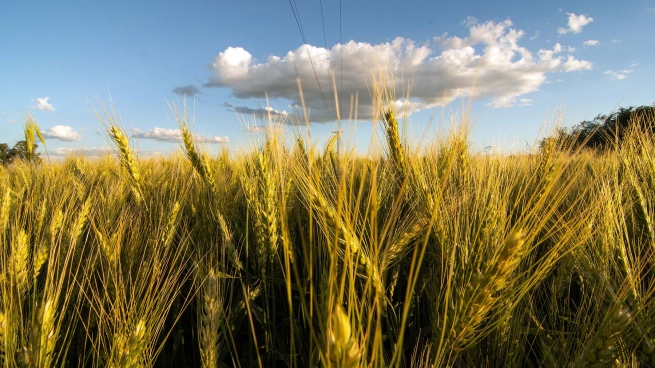Some 2.3 million hectares in the province of Entre Ríos were planted with the main crops during the 2021/22 campaign, being the largest area destined for activity in the last 22 years and 3% more than the previous season, highlighted the Entrerriana Cereal Exchange.
In addition, during that agricultural cycle 6.9 million tons of wheat, flax, rapeseed, sunflower, corn, rice, sorghum and soybeans were produced, the third most important production during that period, 9% higher than the average of the last five years and 10% more year-on-year.
Meanwhile, the agricultural area, which does not consider double cultivation, it was registered in a total of 1,764,600 hectares of Entre Ríos.
Sunflower 75% more was sown than in the 2020/21 cycle, as were rapeseed (59% year-on-year growth) and corn (20% more); while sorghum (-14%) and flax (-11%) registered a fall in their implantation.
Of the 2,300,550 hectares planted, the winter crops (wheat, flax and rapeseed) accounted for 23% (535,950 hectares) and summery (sunflower, corn, rice, sorghum and soy) 77% (1,764,600).
Likewise, 46% (1,059,600) of the total implanted was allocated to soybeans, 518,000 to wheat, and 509,700 to corn, the three crops covering 91% of the total area.

The Bag of Cereals from Entre Ríos detected more than 200,000 hectares planted in the departments of Paraná, Nogoyá, La Paz, Gualeguaychú, Uruguay and Villaguaywhile in San Salvador, Feliciano and Concordia implantation did not reach 50,000.
In that framework, the 2021/22 campaign had a total of 6,921,415 tons, the third most important production of the last 22 years.
28% of what was produced (1,916,960 tons) was harvest of fine and 72% (5,004,455) coarse cropand the three main grains reached 88 percent of entrerriana production.
Regarding the yieldswheat had a year-on-year growth of 40%, reaching a final yield of 3,649 kilograms per hectare, and soybeans recorded an average of 2,375 kilograms per hectare, 35% higher than in the previous season.
Rice also had a provincial average yield of 7,931 hectares, the highest record in the last 22 years.
On the other hand, the few rains, the drought and the historic drop in the Paraná River recorded by Entre Ríos affected first-class corn, which could not be compensated by the excellent yields of second- and late-season corn.
The critical situation between the two averaged a drop of 20% in production and 32% in yield, which reached 3,477 kilos per hectare.
















